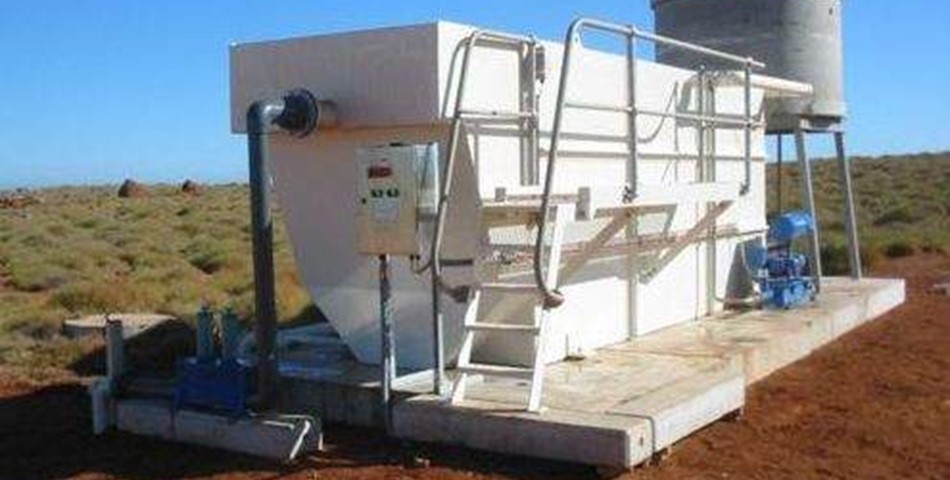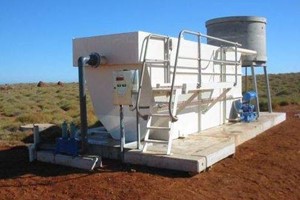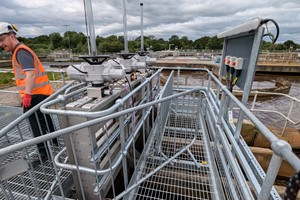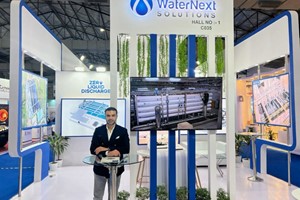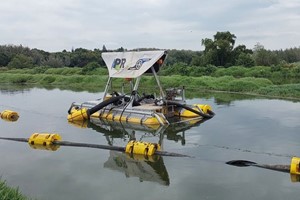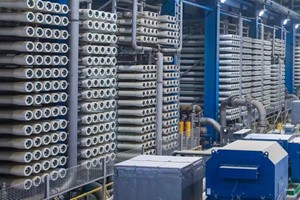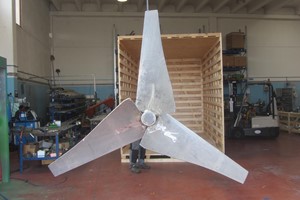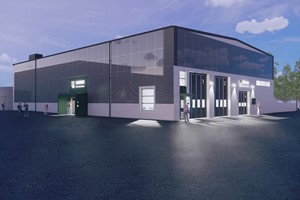The global wastewater treatment market was valued at USD 250.38 Billion in 2021 and is forecasted to reach USD 462.49 Billion by the year 2030. The market is anticipated to register a CAGR of 7.41% over the projected period.
Wastewater treatment is a step-by-step procedure of converting wastewater into usable water, which can be discharged back into the environment. It majorly involves 3 stages - Primary, Secondary, and Tertiary. Increased environmental initiatives by government worldwide for low waste generation is expected to boost the market growth. Furthermore, continuously rising population and urbanization increases demand to regulate wastewater which also fuels the market growth.
Despite the driving factors, high installation, equipment, and operation costs are expected to hinder the market growth during the forecast period. Furthermore, ageing infrastructure in developed countries are likely to negatively impact the market growth. The COVID-19 pandemic negatively affected the wastewater treatment services in the industrial applications.
What are the types of Water treatment plants?
A treatment plant refers to a plant or installation that is used to purify contaminated substances. These components may also be solid, liquid, and semi-solids.
Water purification is the primary purpose at these facilities, which consists of the removal of contaminants from untreated water to produce ingesting water that is pure enough for the most fundamental of its supposed uses, typically for human consumption.
A treatment plant is fundamental in an industrial technique to deal with wastewater. It reduces the consumption of industrial water and environmental pollution. A giant volume of industrial on-site wastewater may be reusable through treating it in the remedy plant.
Types of water treatment plants:
- Sewage Treatment Plants (STPs)
Sewage treatment refers to the procedure of getting rid of contaminants from wastewater. Depending on the dimension of the municipality in which the sewage treatment plant is located, it may additionally be composed of family sewage, or it may encompass industrial wastewater as well. STP such as this performs a vital function in retaining residents secure and healthy by cleaning their wastewater with a mixture of physical, chemical, and biological treatment before discharging it into the environment. Many STPs are acknowledged as three-stage due to the fact that they technique their wastewater in three most important steps: primary, secondary and tertiary treatment.
Primary treatment
During the primary treatment, the wastewater flows into the foremost clarifiers. In these tanks, natural solids accumulate at the backside of the tank, and lighter resources waft to the top for removal.
Secondary treatment
Secondary treatment often consists of aerobic aeration. The exchange of oxygen with the microbes within the sewage reasons the microorganism to digest the common matter that gives wastewater its trait sees and scent.
Tertiary treatment
In tertiary waste treatment, the wastewater flows through sand filters, which cast off any final fine particulate matter. The water then flows underneath banks of ultraviolet (UV) lights, which irradiate bacteria and viruses and get rid of their infectious capabilities.
- Effluent Treatment Plants (ETPs)
Effluent treatment plants, on the other hand, generally clean industrial wastewater. They deal with industrial effluent — the wastewater that flows out as a byproduct of these industries. ETPs are regularly useful in sectors with excessive likelihoods of sizeable chemical infection in their wastewater.
Like STPs, ETPs also involves various stages of water treatment like primary, secondary, and tertiary. The methods used might also range in response to the traits of the wastewater in query.
- Activated sludge plants
Activated sludge flora is comparable to sewage therapy plants. They treat sewage wastewater using notably activated sludge to digest biological contaminants. It is a part of STP’s.
Activated sludge approach uses dissolved oxygen to promote the increase of clumps of organic matter known as organic flocs. The organic flocs then help spoil down contaminants in the wastewater. They lure particulates and can also easy the wastewater via converting ammonia to nitrites and nitrates and eventually into harmless nitrogen gas.
- Common and combined effluent treatment plants
Common and blended effluent remedy flora exist to assist smaller wastewater turbines to treat their effluent. Smaller manufacturing groups and different operations that produce wastewater.
CEPTs allow numerous one-of-a-kind wastewater-generating facilities in an industrial cluster to pool their effluent in a centralized plant for a cure.
Thus, it is evident with the aid of the above points, water treatment is indispensable to the environment.



